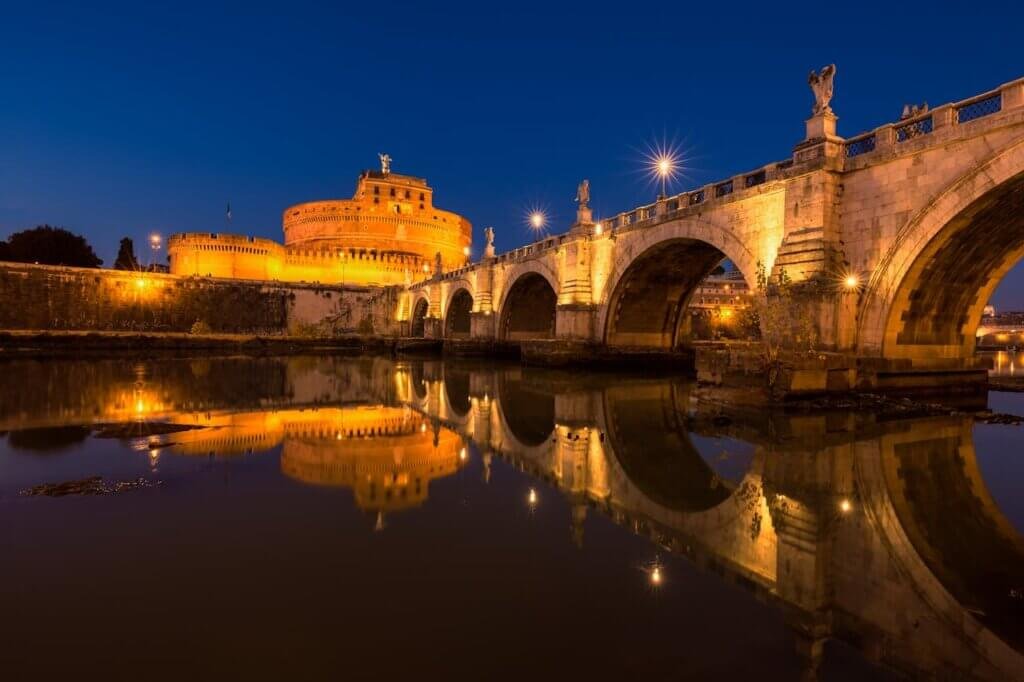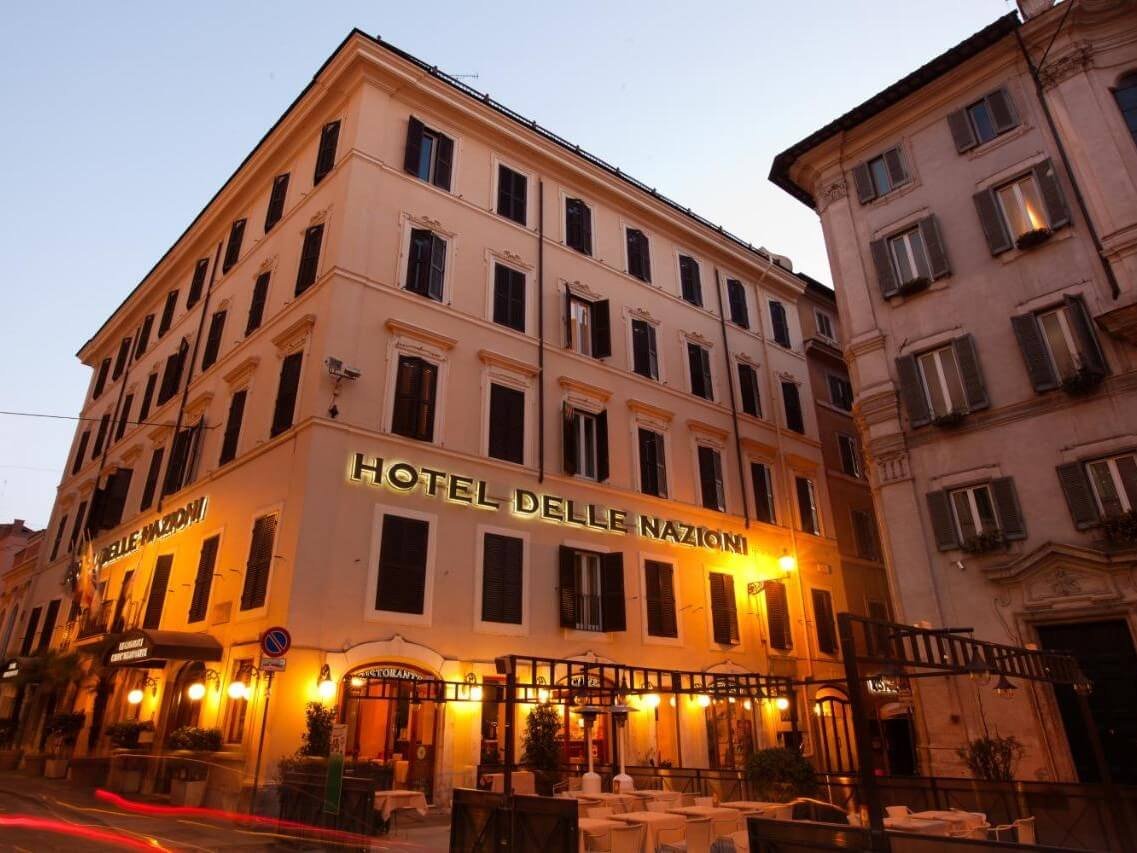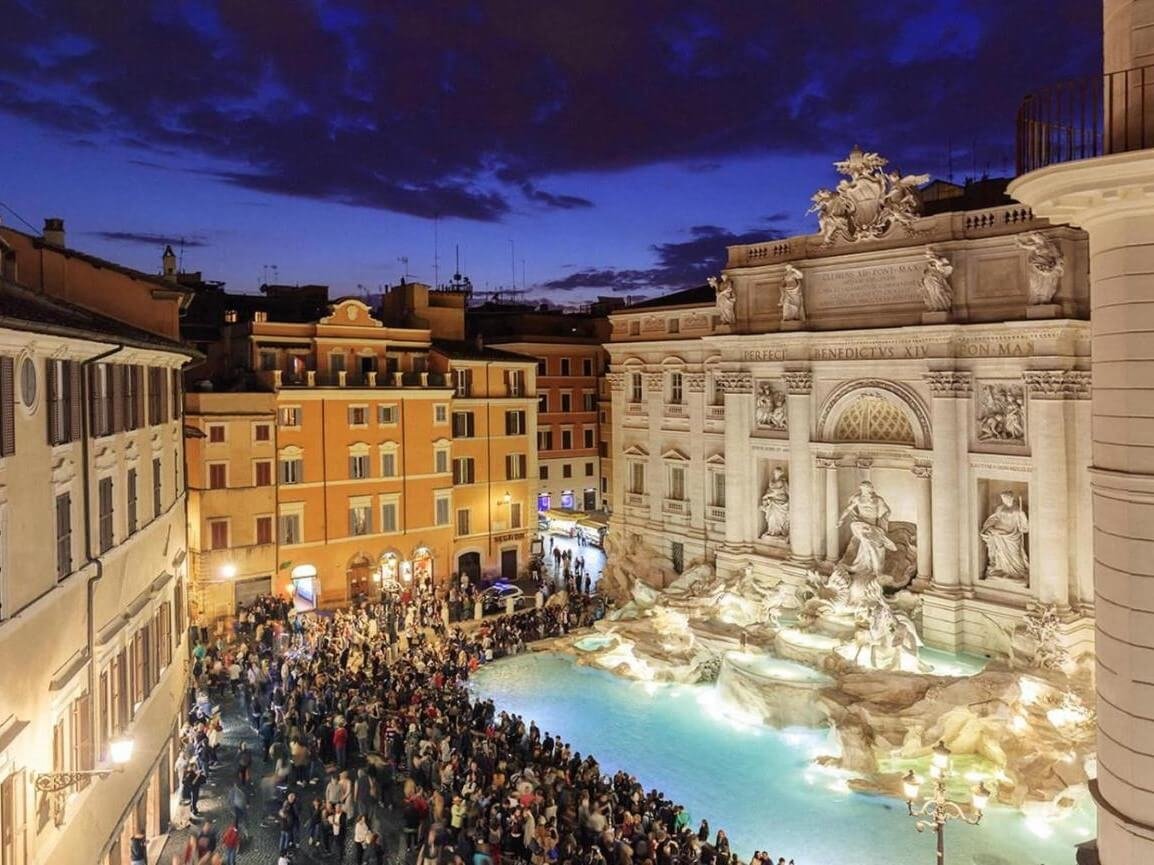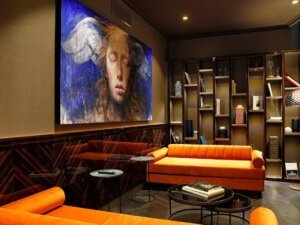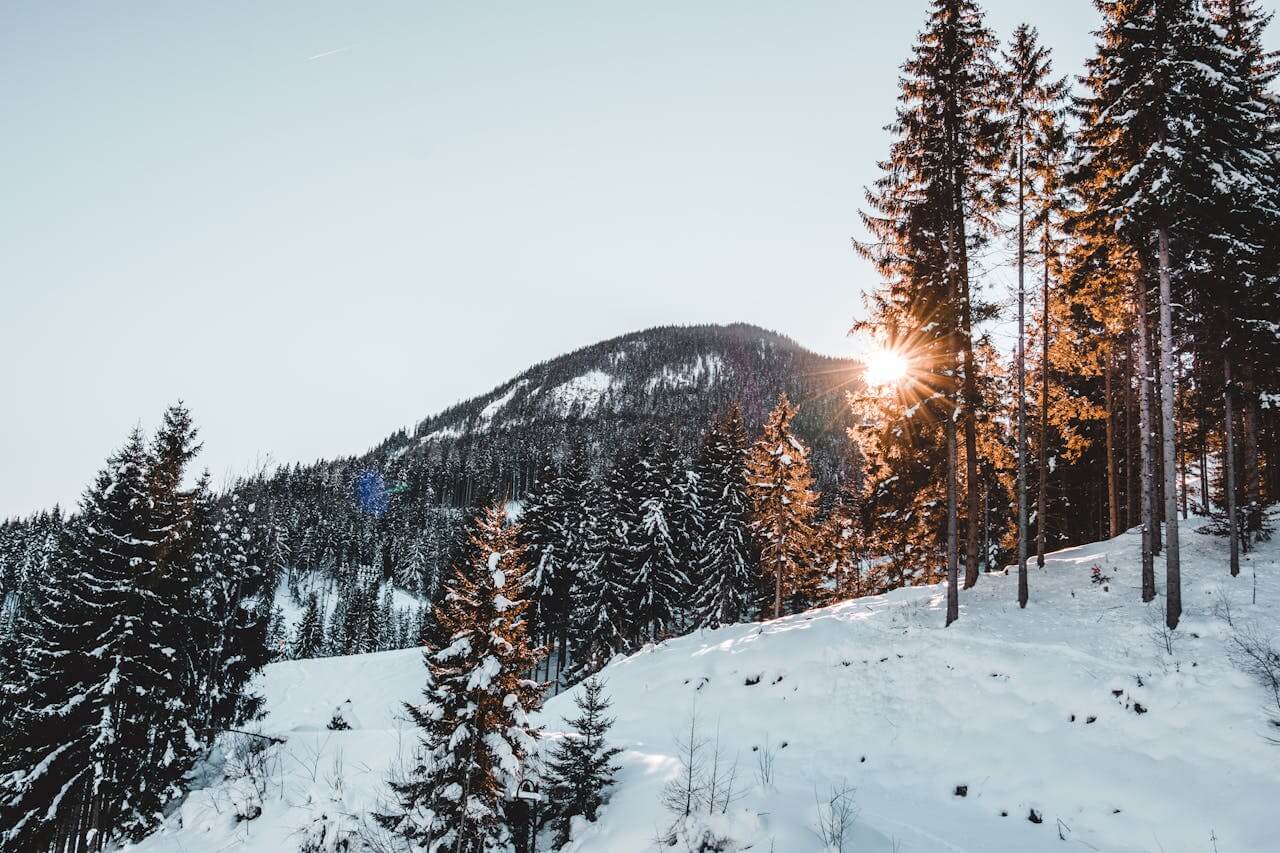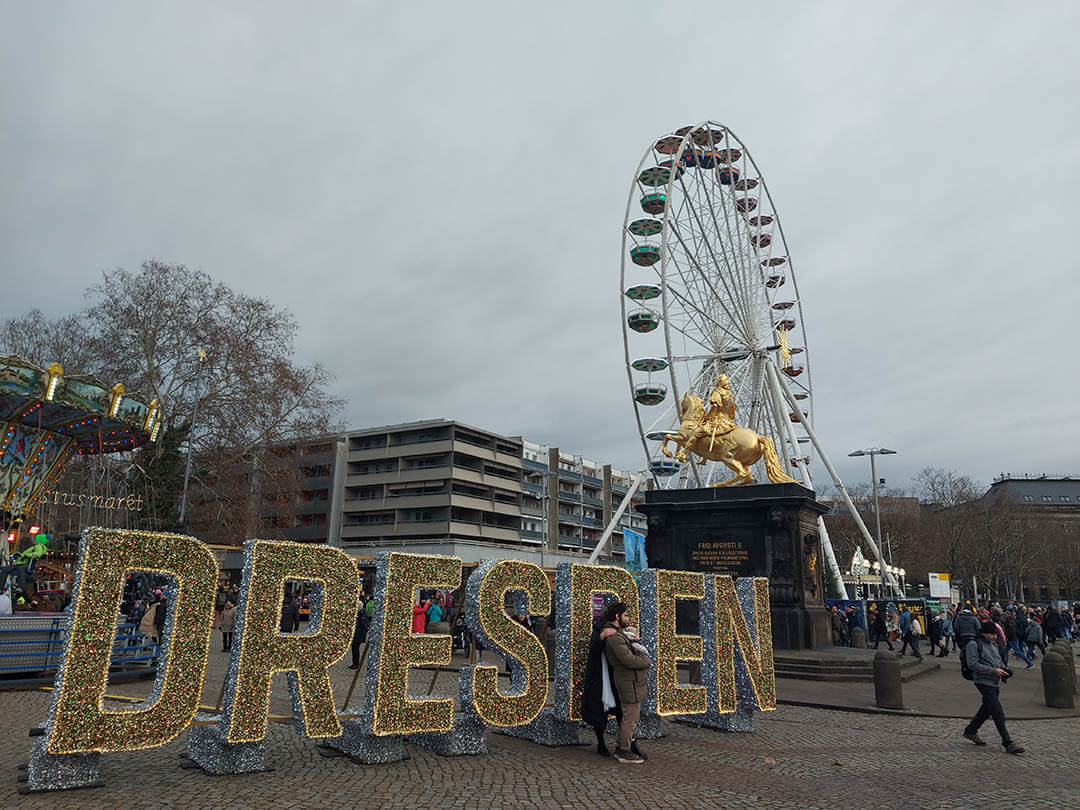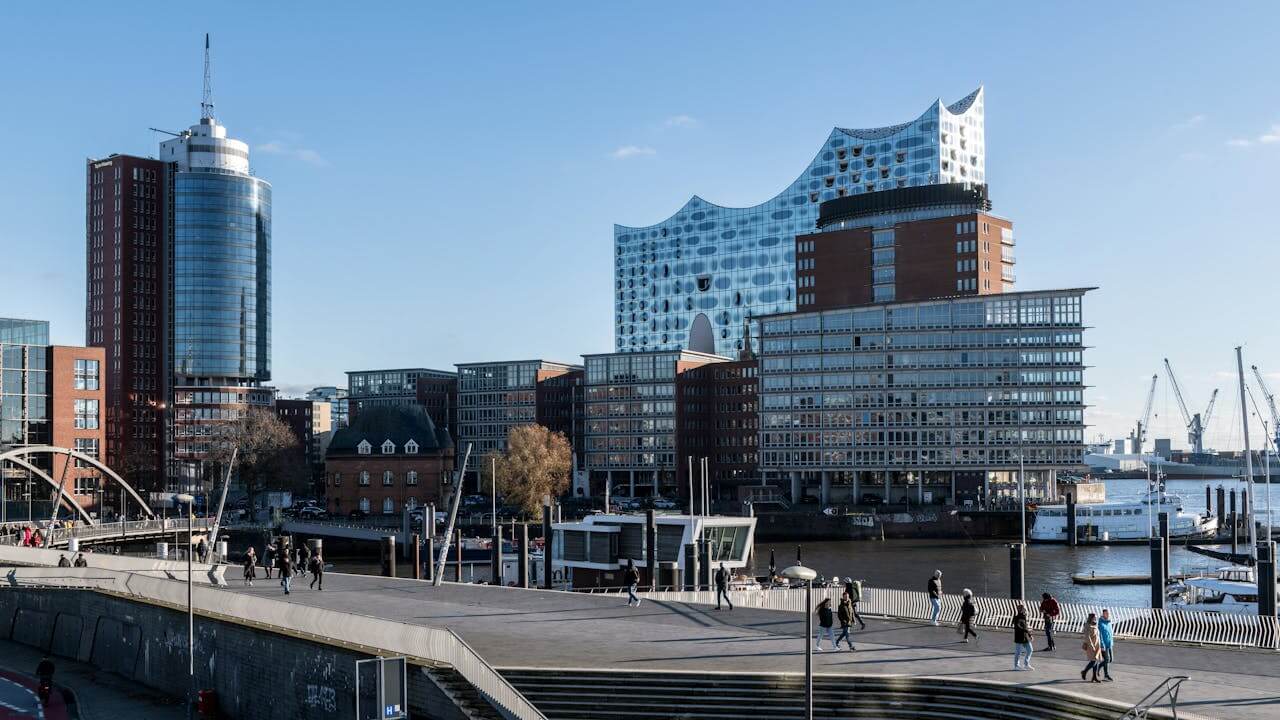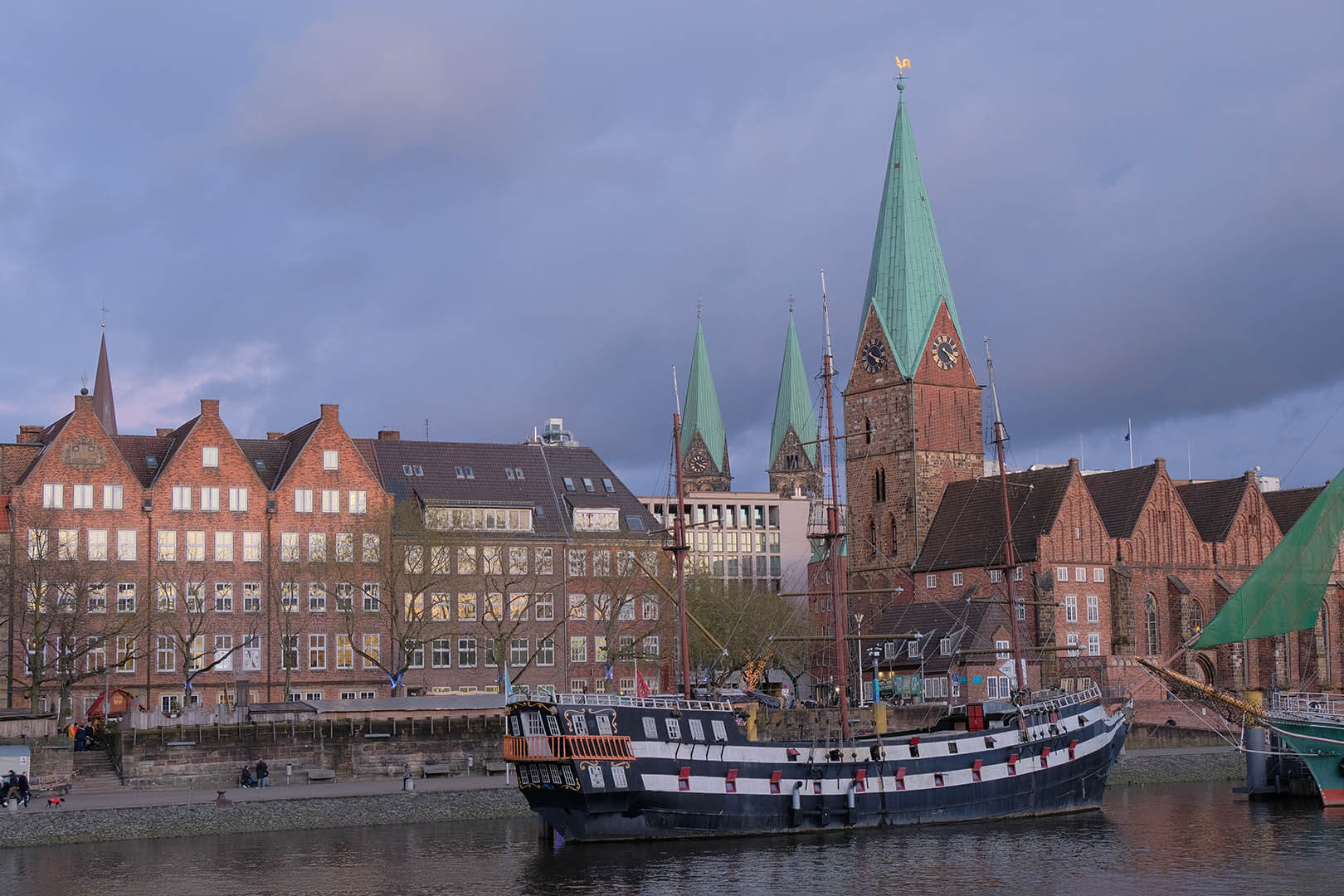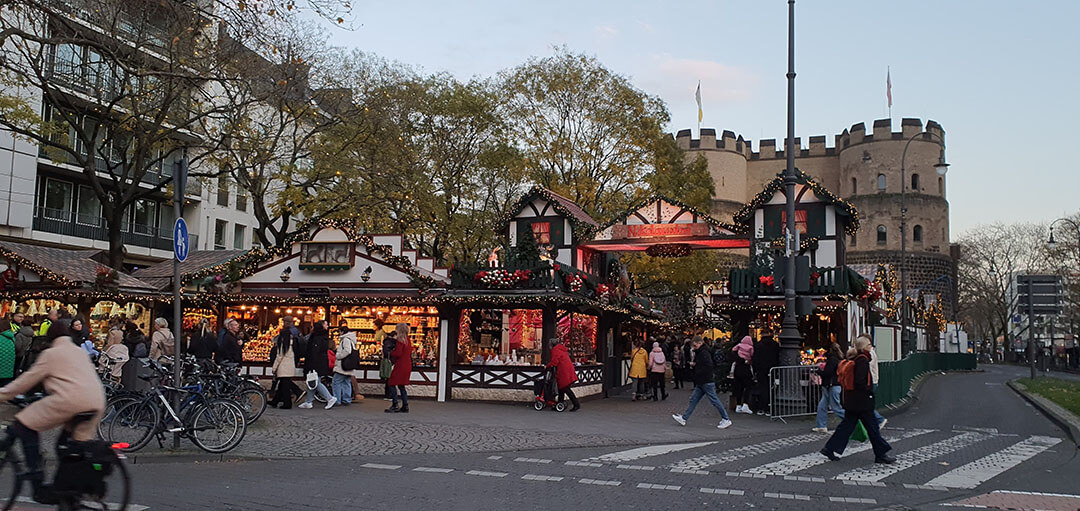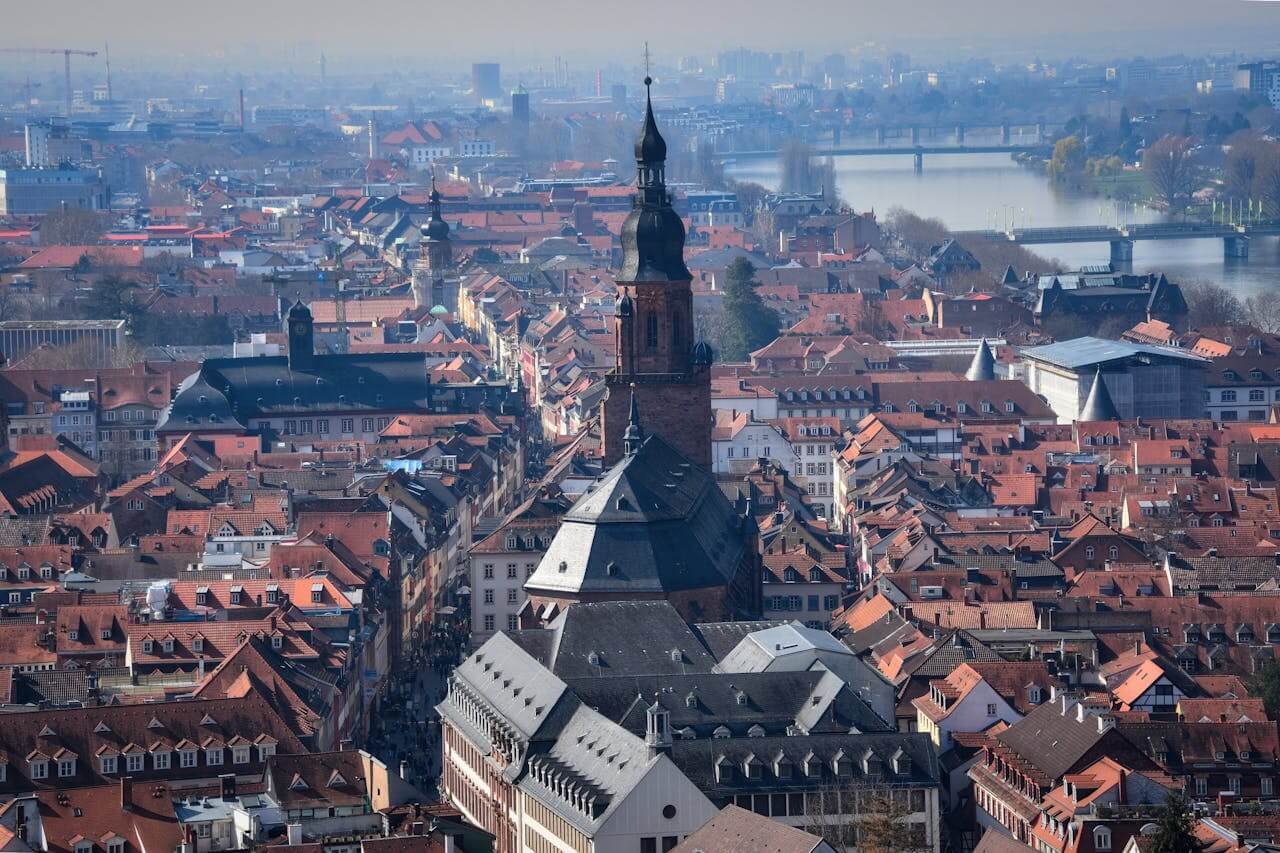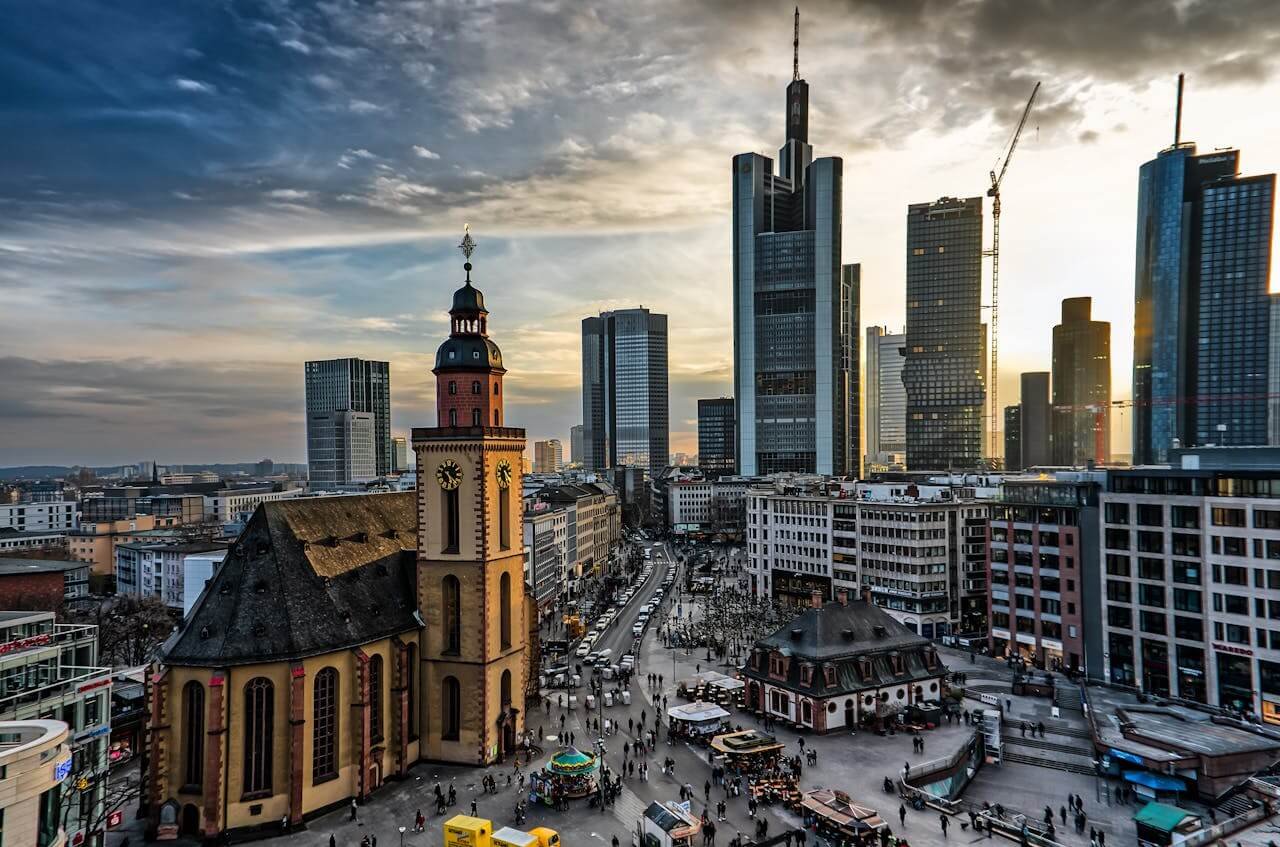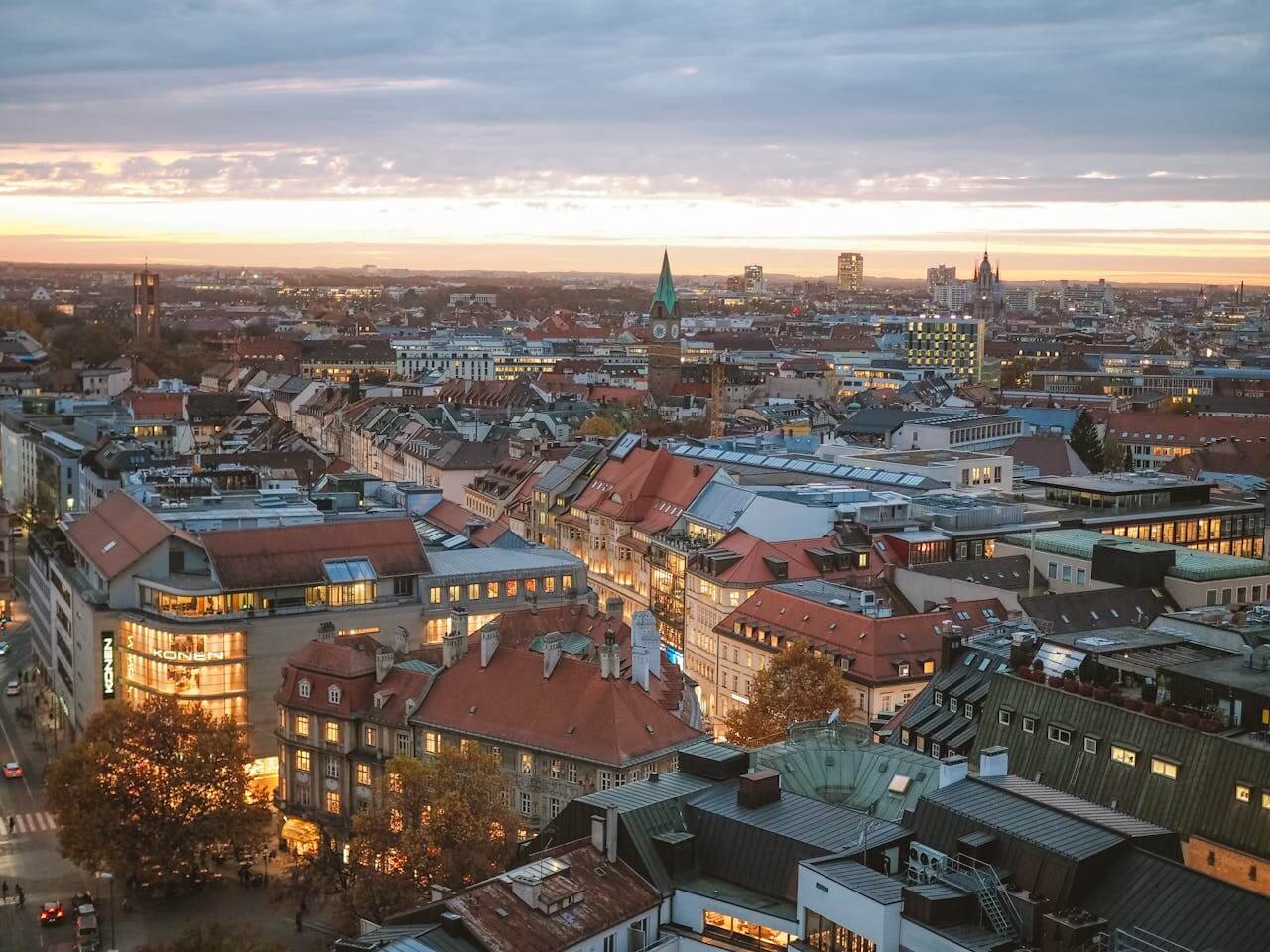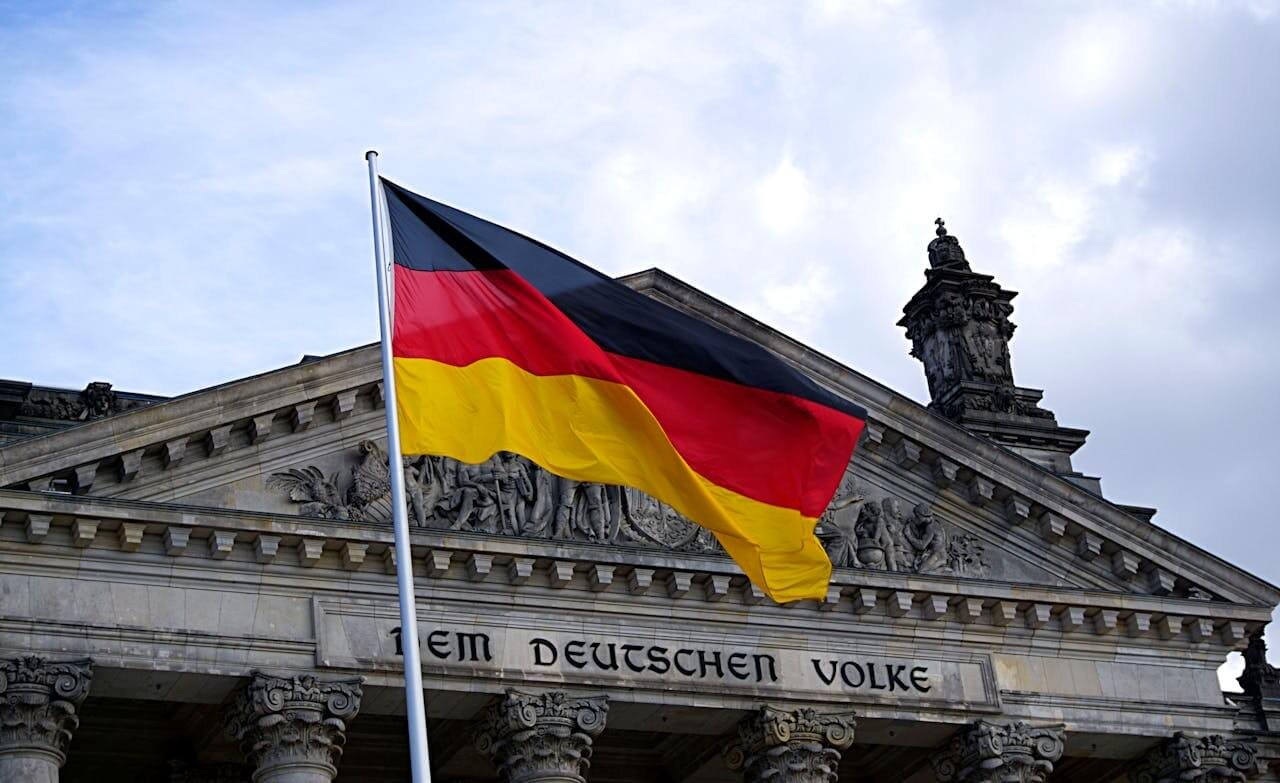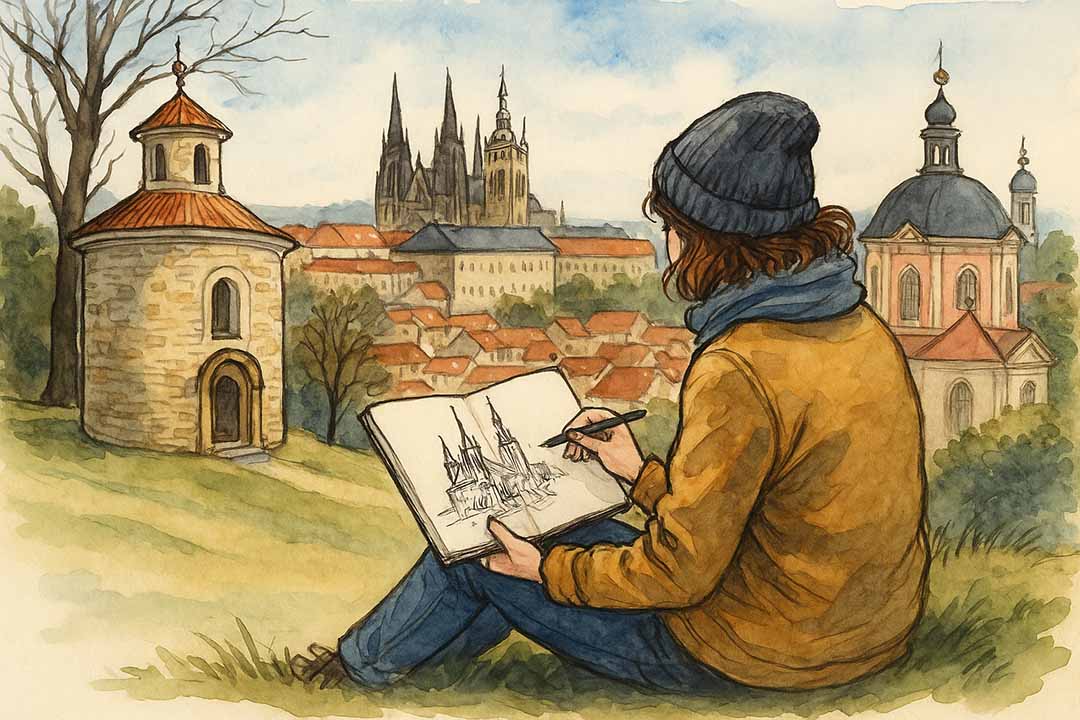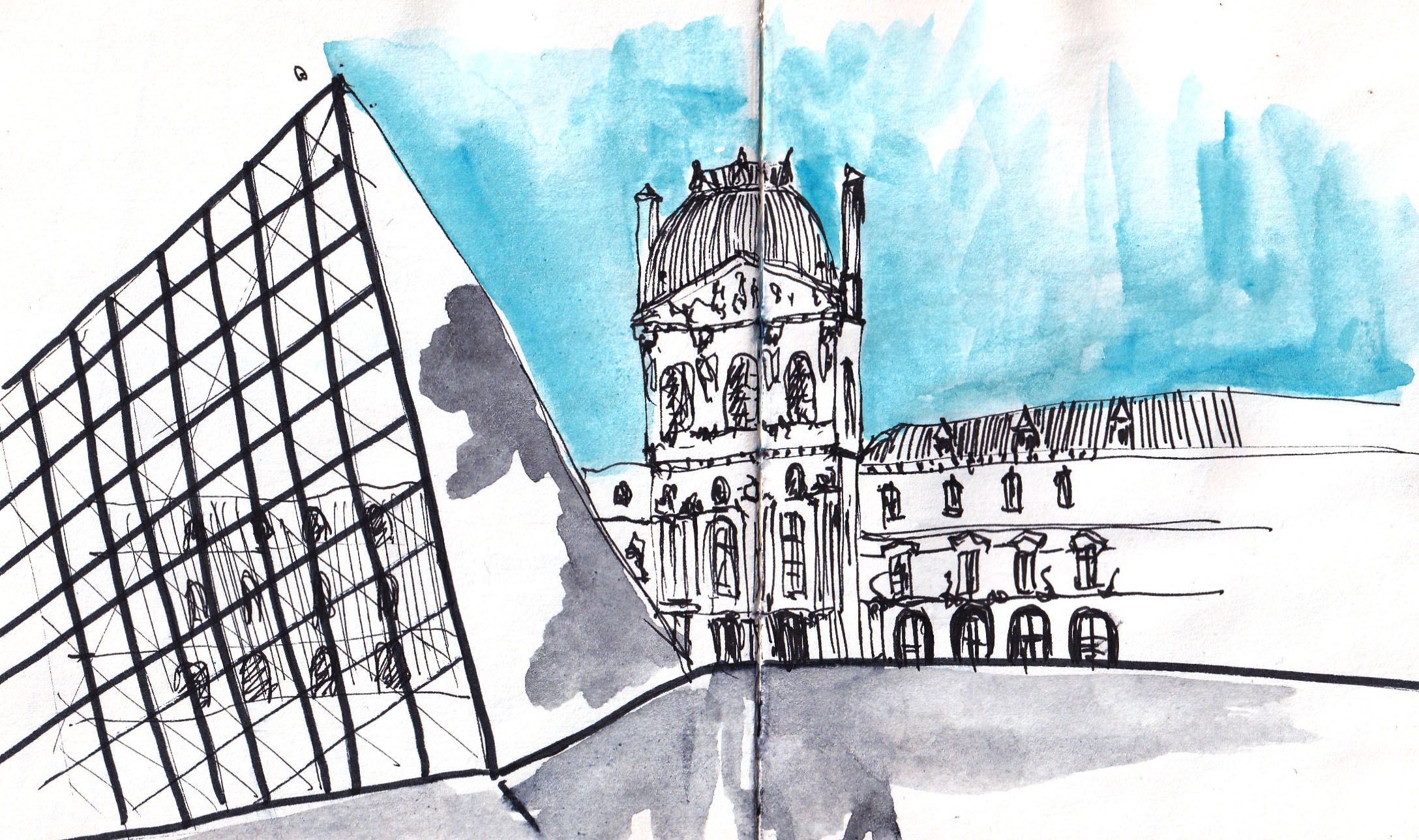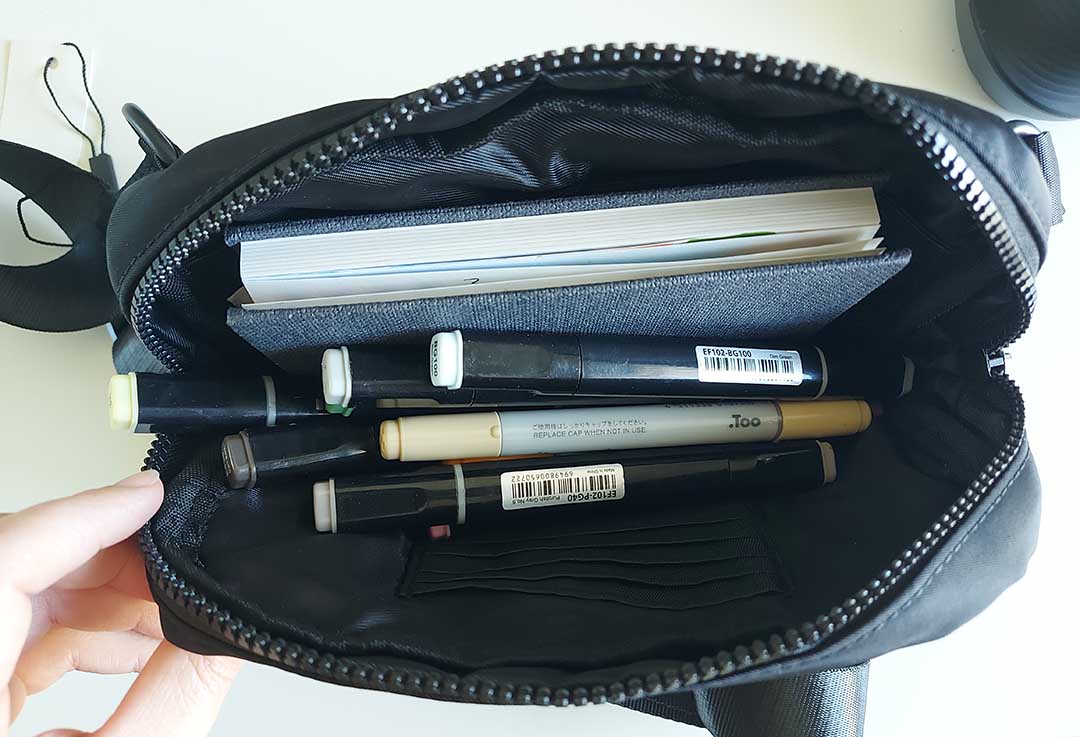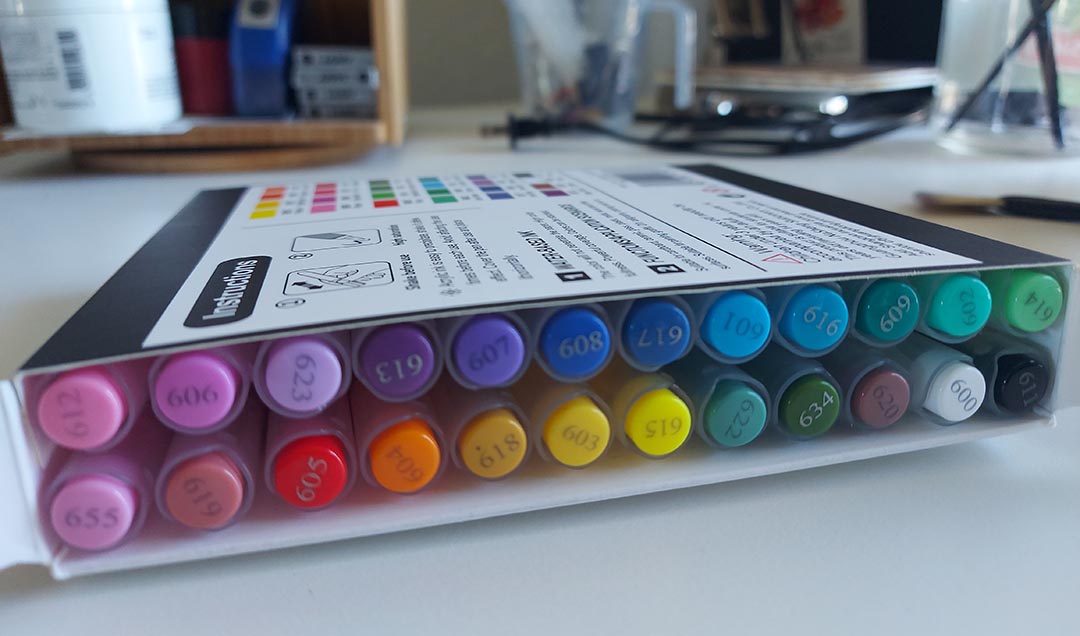Located by the Tiber River, Sant’Angelo Castel is an old fortress with a lot of stories from the past. It was first a big tomb, then became a strong fort, and now it’s a special place that shows the skill of people from a long time ago. Come with me to explore Sant’Angelo Castel from inside, and see things you shouldn’t miss. The history of Sant’Angelo and Bridge of Angels I mentioned in my previous post.
Plan your visit to Sant’Angelo Castel in advance here.
Mausoleum of Hadrian
Upon stepping into Castel Sant’Angelo, the Mausoleum of Hadrian awaits on the first floor. This sacred space houses the final resting place of Hadrian’s children and his wife Sabina. Alongside them rest the ashes of subsequent emperors, along with their wives and close family members. Inscriptions on the Mausoleum provide a detailed record of the names and roles of those laid to rest within its ancient walls.
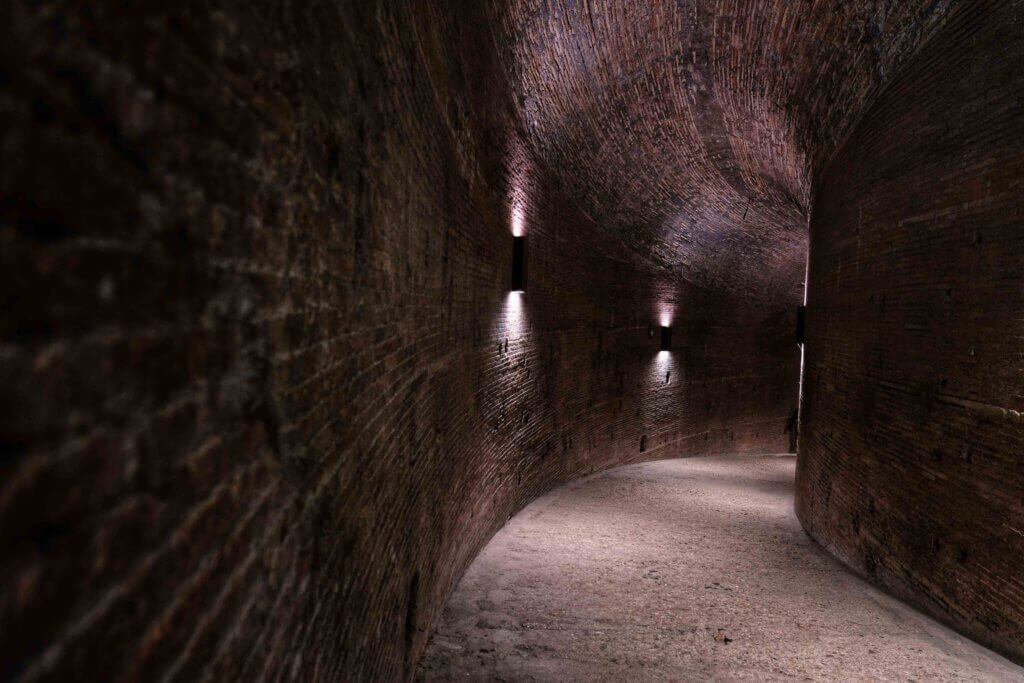
Passage of Boniface IX
Ascending to the second level, you’ll encounter the impressive Passage of Boniface IX, a marvel crafted by Niccolo Lamberti for Boniface IX Tomacelli. The area showcases reconstructed medieval weaponry, a trap door, and a guard room, narrating the tale of the castle’s origins as a prison. This historic space once held the celebrated Florentine artist Benvenuto Cellini, who found himself incarcerated in the mid-1530s for attempting to loot the papal funds. Additionally, the dungeons of Castel Sant’Angelo bore witness to the imprisonment and tragic fate of the Dominican Friar Giordano Bruno, who was later burned alive for his unconventional views on the galaxy.
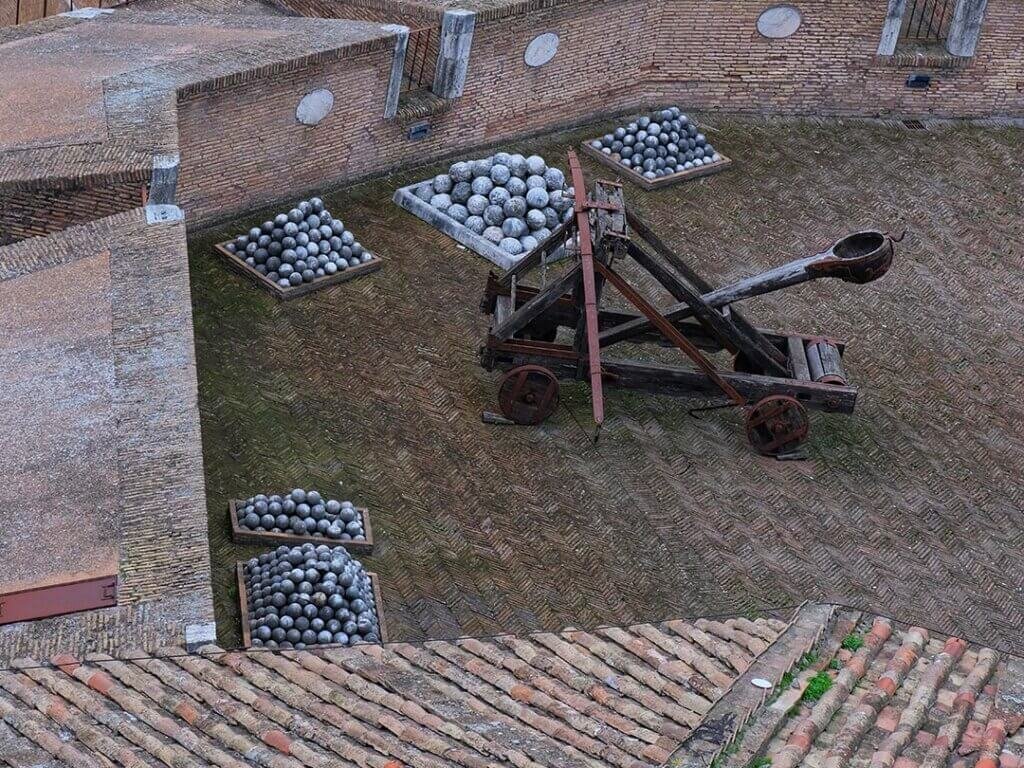
Alexander VII Walkway
During the 17th century, Pope Alexander VII from the Chigi family constructed a circular corridor featuring a sequence of arches, with one side left open. Upon strolling along this pathway, you’ll be treated to a captivating vista encompassing the Vatican Museums and the city of Rome. Nestled within this scenic setting is Caffetteria Ristorante Le Terrazze, a charming restaurant and bar. Enjoy a delightful espresso from this café, all the while savoring the magnificent views that unfold before you.
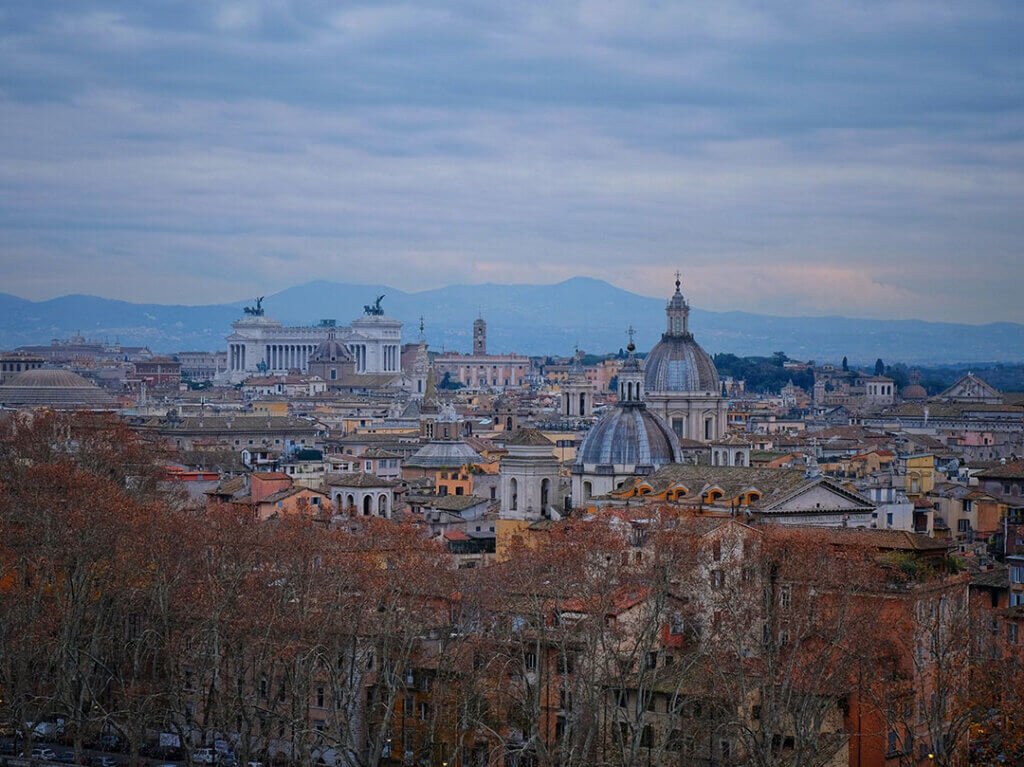
Papal Apartments
On the fourth floor, you’ll discover the exquisitely frescoed Papal Apartments showcasing some of the most magnificent artworks, encompassing ceramics, sculptures, and paintings. Over the centuries, sizable rooms were added to the castle to serve as the residence for the pope. Notably, in the 16th century, Pope Paul III undertook the conversion of a portion of the structure, transforming it into a charming small palace.
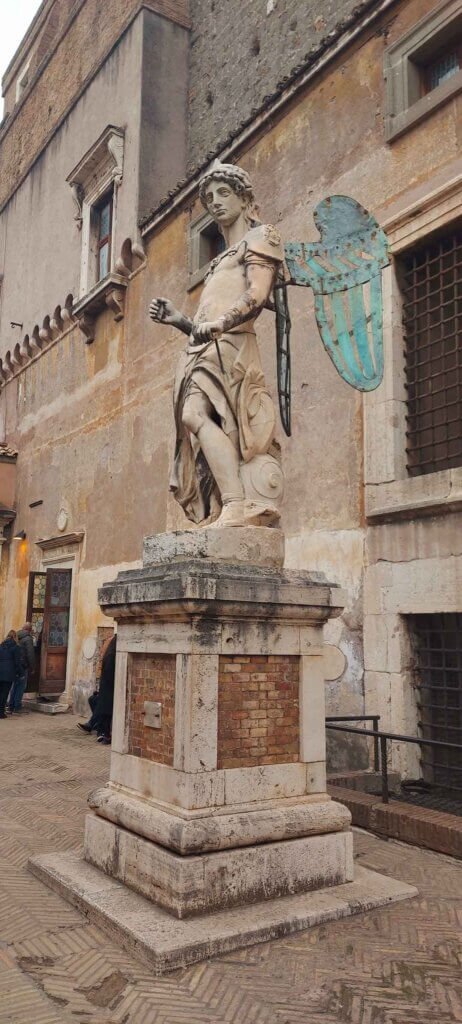
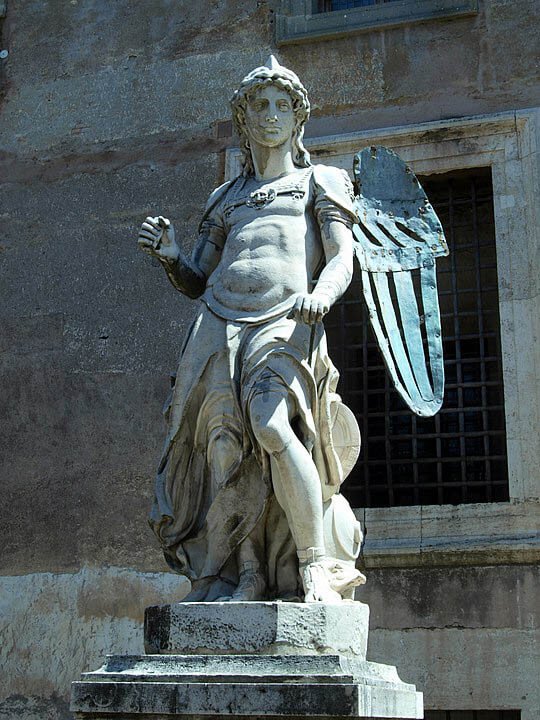
Library
Named for its proximity to the fortress’s most secure area, the Sala del Tesoro, which served as the papal archives and secret repository from the mid-15th century, this room holds historical significance. The frescoes adorning the vaulted ceiling follow a grotesque design, a style popularized during the Renaissance after the discovery of Nero’s Golden House. In 1544, the northern wing of Paolo III Farnese’s apartment saw the lavish decoration of this room, becoming its focal point. The library also includes two tastefully designed, adjacent chambers: the Sala dell’Adrianeo and the Sala dei Festoni.
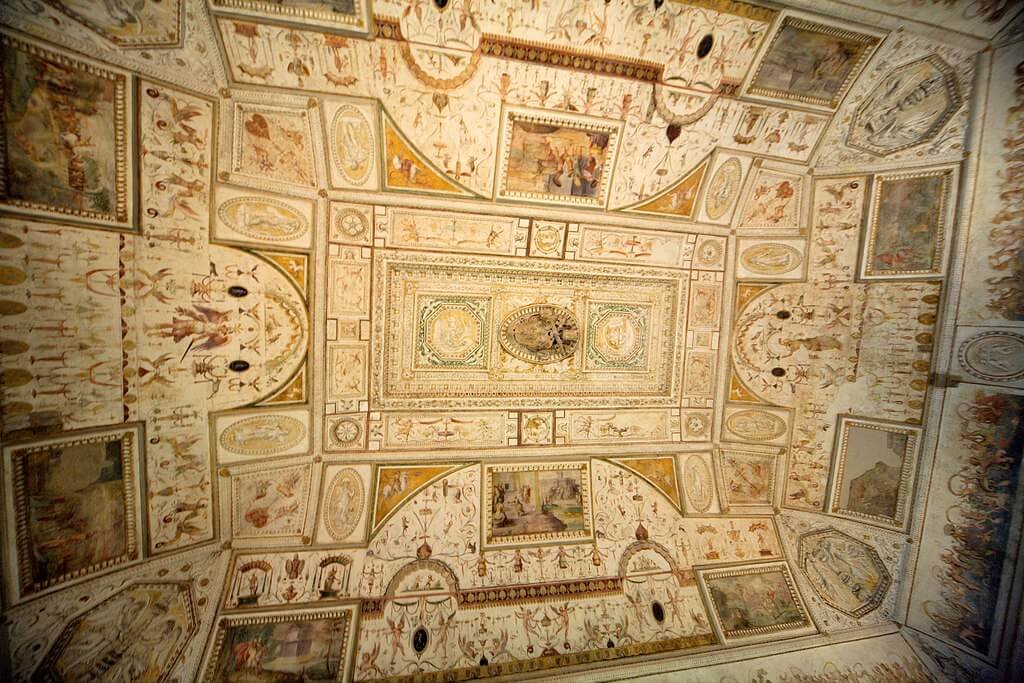
The Terrace
The top terrace features a commanding bronze angel sculpted by Peter Anton von Verschaffelt in 1752. Positioned in the upper left corner is the “convict” and “mercy” bell, historically used to signal executions. Known for its connection to Puccini’s final act in Tosca, where the title character tragically ends her life after her lover’s demise, the Castel Sant’Angelo terrace holds a touching role in cultural history. Additionally, the terrace is celebrated for offering panoramic views of the Pantheon’s dome, along with Renaissance and Baroque buildings, providing one of the amazing city views in Rome.
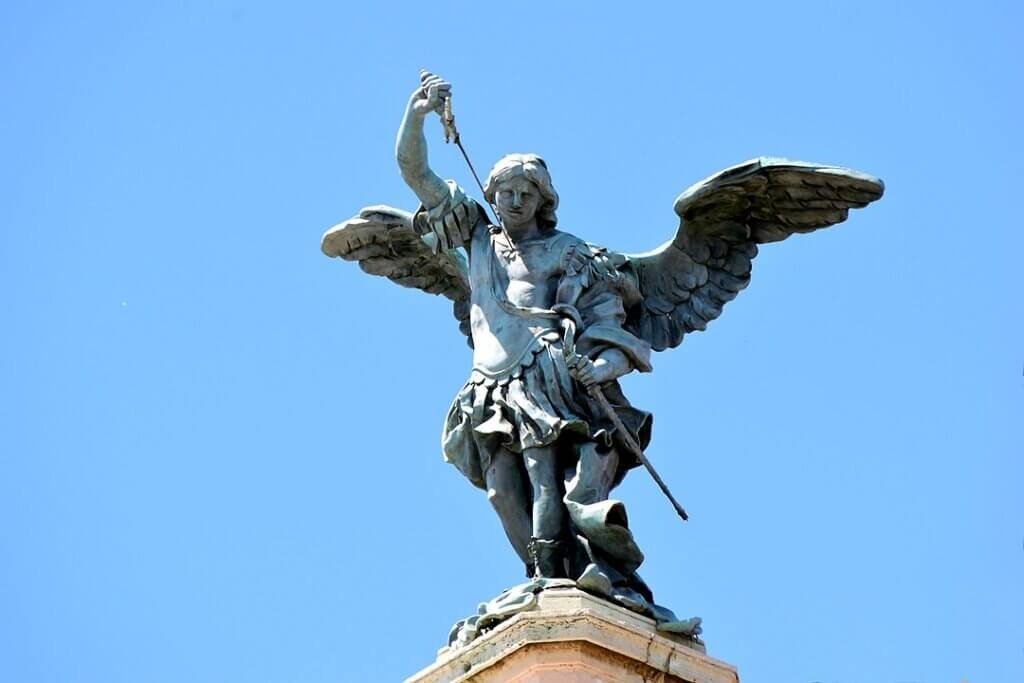
Passetto di Borgo
The safety of the Pope during his journey from the Vatican apartment to Castel Sant’Angelo is guaranteed by the Passetto di Borgo, a secure pathway. Notably, during the 1527 Sack of Rome, Clement VII Medici sought refuge within the fortress using this same passage. Extending approximately 800 meters, the Passetto can be entered through a humble gateway at Bastione San Marco. The Passetto gained widespread recognition after being featured in Dan Brown’s Angels & Demons, contributing to its popularity among the public.
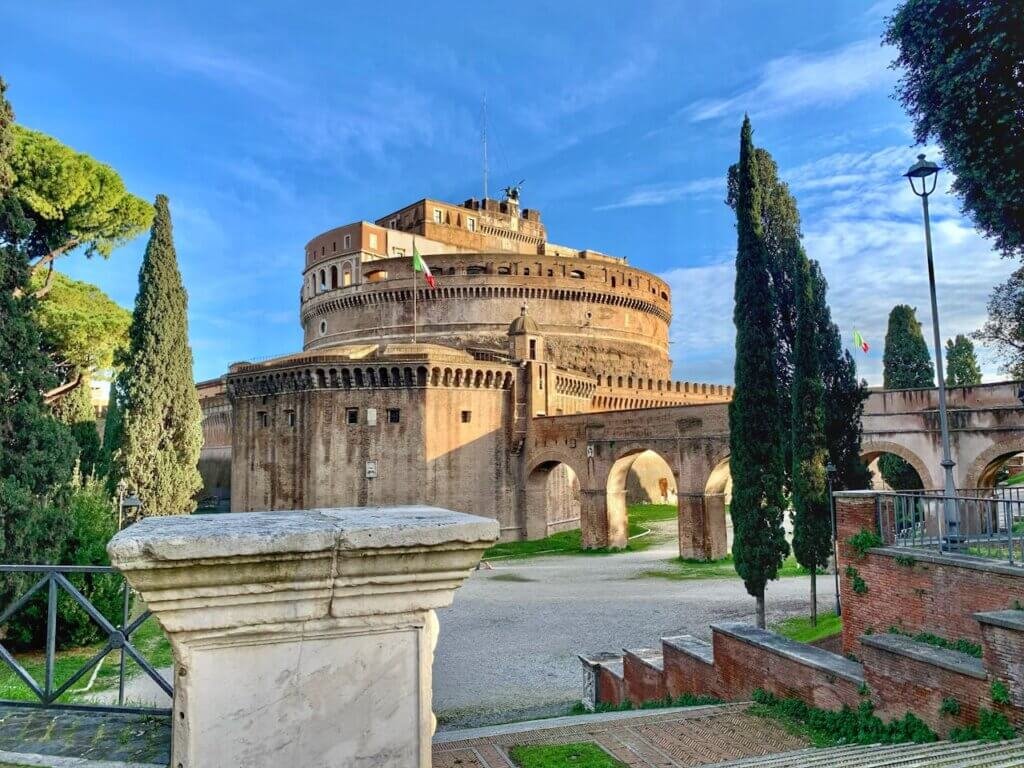
Paolina Rooms
The Sala Paolina, functioning as both the reception area and the personal living space of Paul III Farnese, stands as an undoubtedly crucial space within the castle (1534-1549). This regal and magnificent hall of honor was the setting for welcoming ambassadors and other esteemed guests. Its decor draws significant influence from Alexander the Great and St. Paul, contributing to its status as one of the most noteworthy pieces of creative heritage from sixteenth-century Rome.
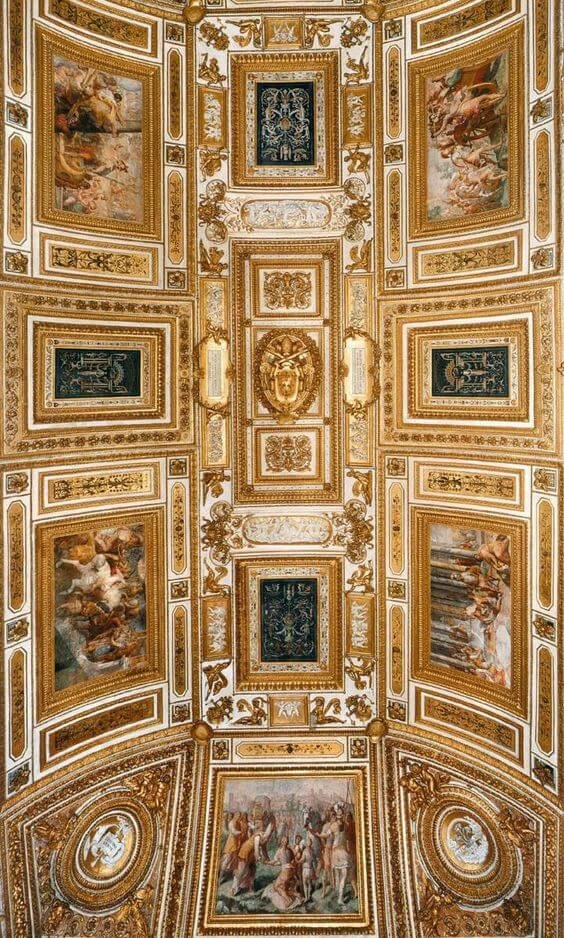
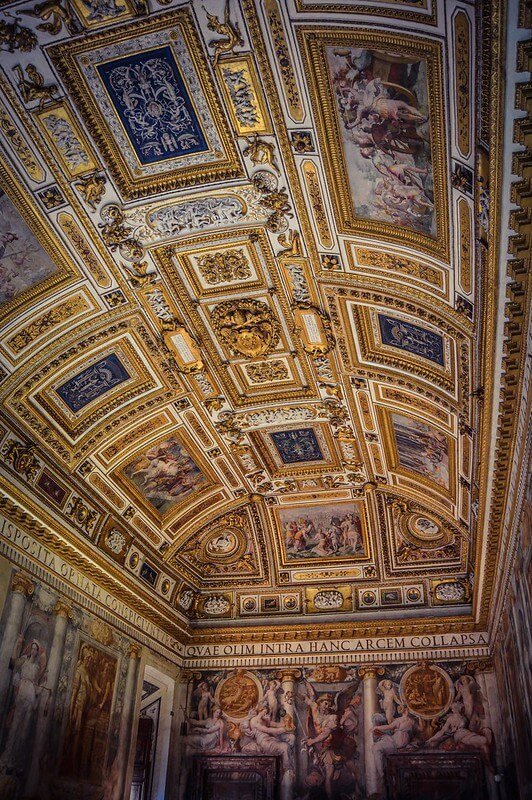
Sant’Angelo Castel, with its rich history and architectural marvels, emerges as a timeless testament to the evolution of Rome. From its origins as the Mausoleum of Hadrian to its role as a fortress and papal residence, each stone within its walls whispers stories of emperors, popes, and artists who shaped the city’s narrative. The castle’s strategic location by the Tiber River, its panoramic terraces offering breathtaking views of Rome, and the wealth of art and artifacts housed within its chambers make it a captivating destination.

